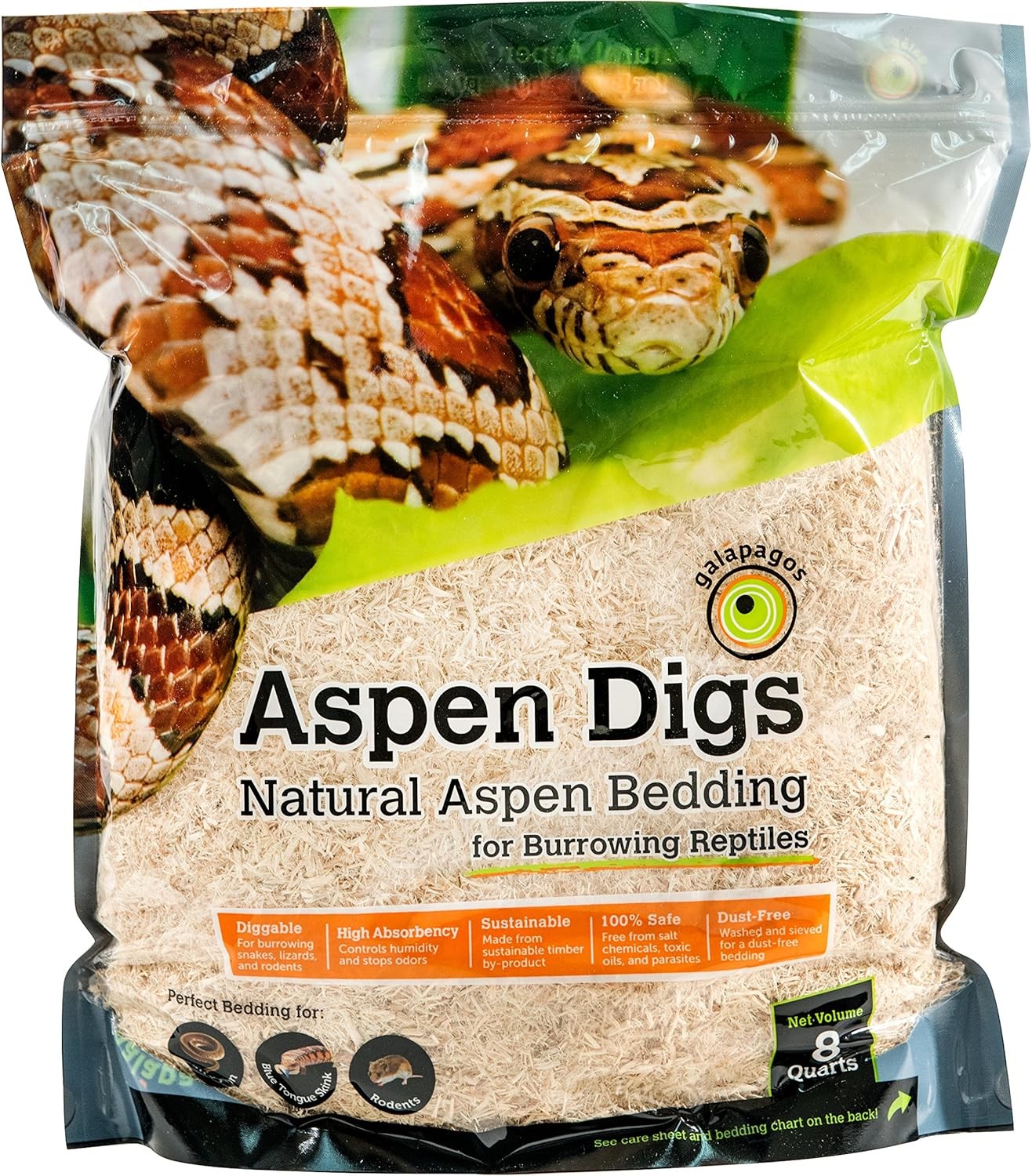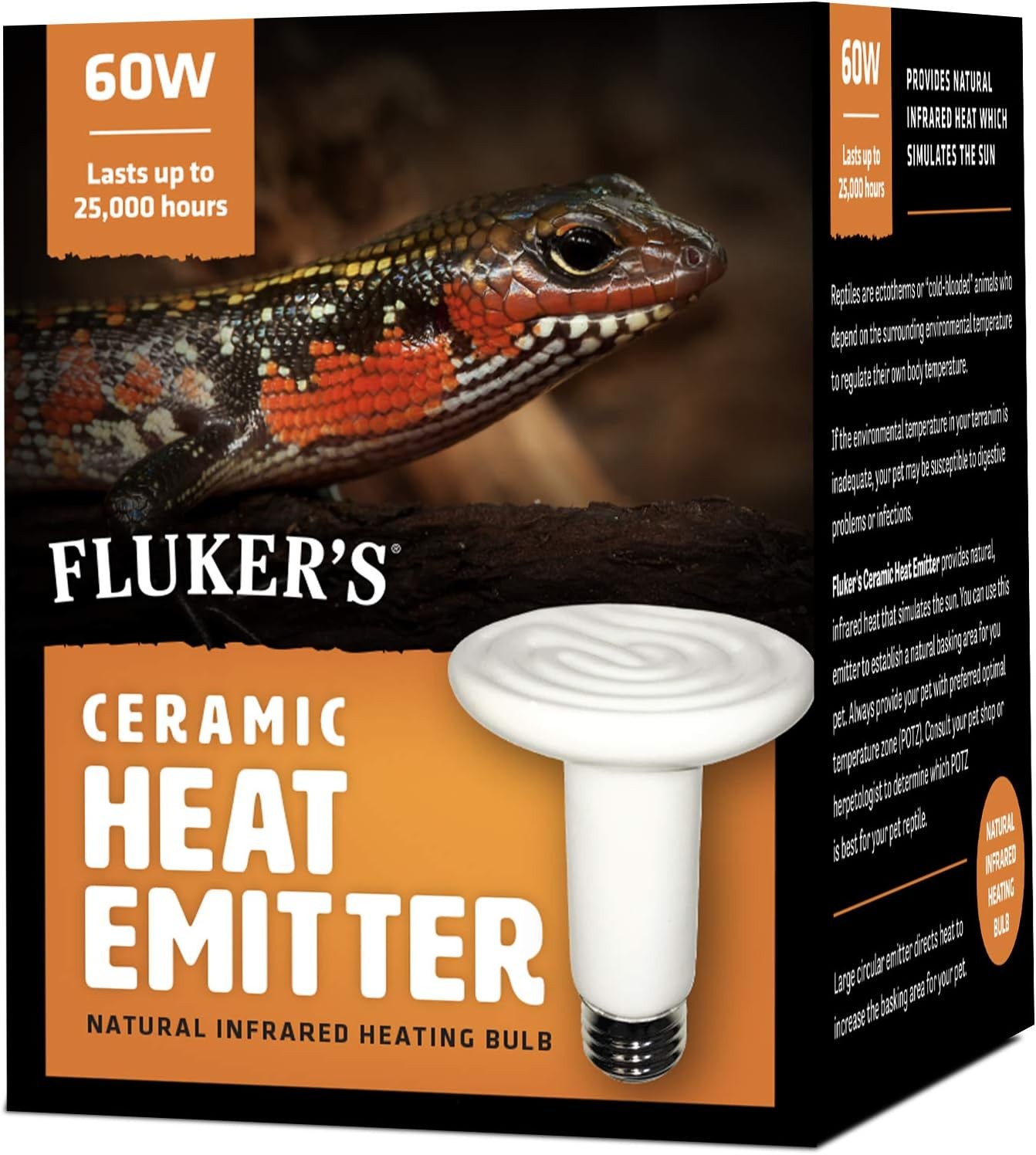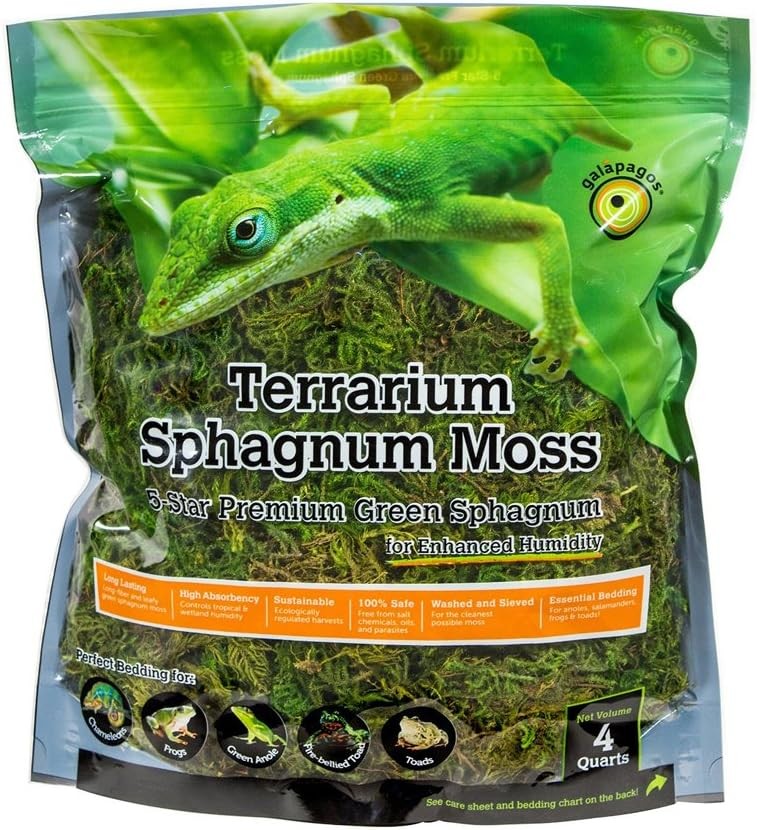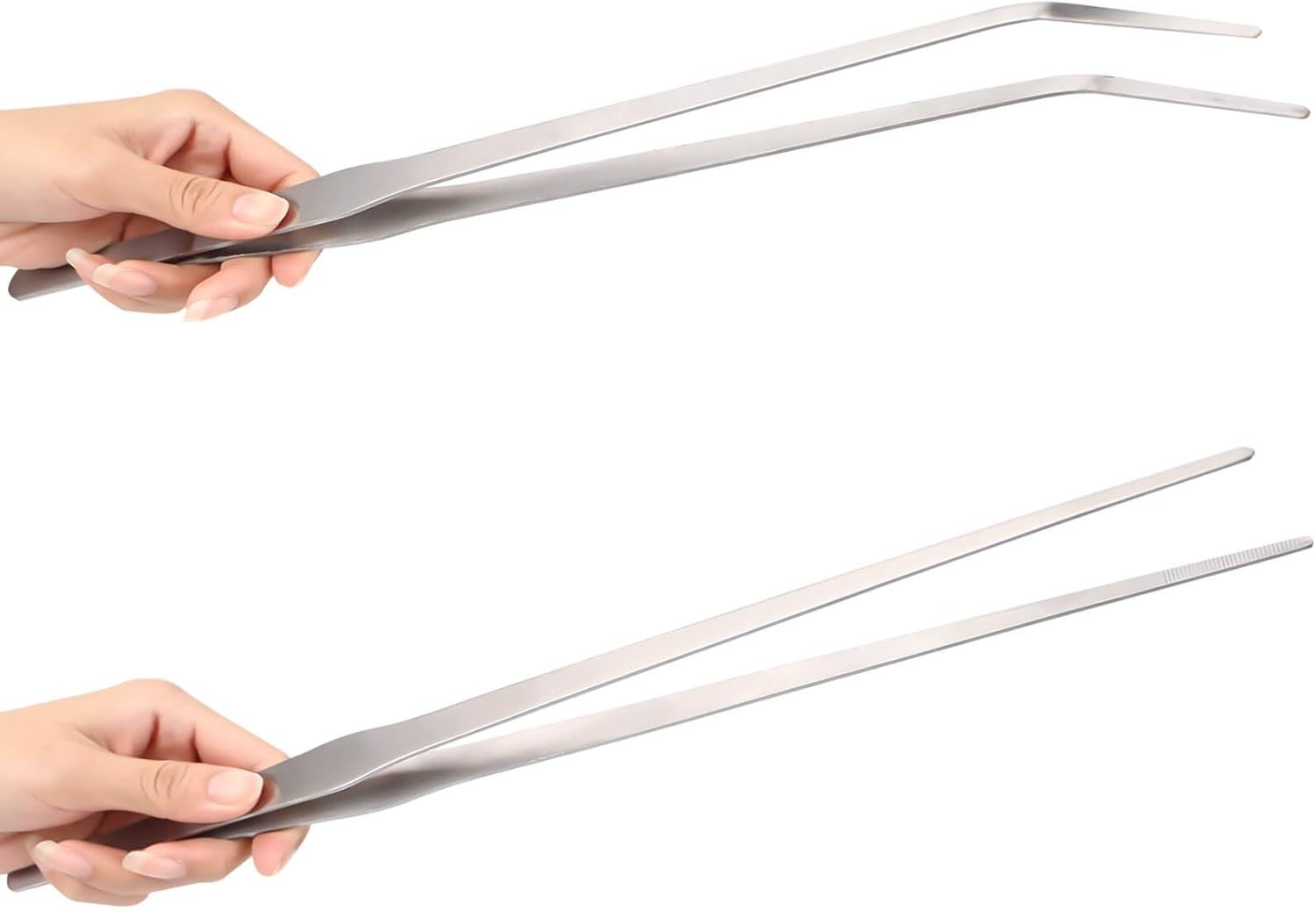The Arabian Sand Boa (Eryx jayakari) stands out as an exceptional pet snake, celebrated for its hardiness and ease of handling. Like all boas, they are non-venomous, relying on constriction to subdue their prey as ambush predators.
These boas are remarkably adapted to a life beneath the sands, a testament to evolution seen in their upward-facing eyes. This unique feature allows them to remain concealed under the sand, ever-watchful for passing prey.
Their care requirements are refreshingly straightforward, encompassing a simple enclosure setup and an uncomplicated feeding routine. This makes them an ideal choice, especially for those who are new to keeping snakes.
| Common Name: | Arabian Sand Boa |
|---|---|
| Scientific Name: | Eryx jayakari |
| Natural Habitat: | Deserts of Saudi Arabia, Oman, Iran, Iraq, UAE |
| Adult Size: | Approximately 16 inches |
| Lifespan: | 20 years |
| Diet: | Lizards and mice |
| Experience Level: | Beginner |
| Enclosure Size: | 20 inches long X 10 inches wide X 10 inches high |




Arabian Sand Boa: A Detailed Overview
Perfectly suited to desert environments, the Arabian Sand Boa utilizes burrowing as a primary method for thermoregulation. While they are predominantly nocturnal, these snakes will venture to the sand’s surface layer to hunt and adjust their body temperature.
The International Union for Conservation of Nature (IUCN) lists them as a species of Least Concern, indicating a stable population. Furthermore, there are no specific restrictions on their ownership. Their ease of care and successful breeding in captivity strongly discourages the acquisition of wild-caught specimens, promoting responsible and ethical pet ownership.
Arabian Sand Boas are known for their robust appetites, rarely presenting feeding issues for their owners. Unlike many boa species, they are oviparous, meaning they reproduce by laying eggs. A typical clutch consists of 5 to 15 eggs, which incubate for roughly 66 days. This reproductive trait further contributes to their sustainability within the pet trade.
Generally recognized for their docile nature, Arabian Sand Boas typically tolerate gentle handling well. However, it’s crucial to respect their boundaries, as they may strike if feeling threatened or mistaking fingers for food. Understanding their temperament is key to a positive ownership experience.
Decoding the Appearance of the Arabian Sand Boa
The Arabian Sand Boa is characterized as a small snake, reaching an adult length of only about 16 inches. This diminutive size is part of their appeal for those concerned about space or intimidated by larger snake species.
This species exhibits notable sexual dimorphism, making it relatively easy to distinguish between males and females. Adult females are significantly larger than males, a size difference that becomes more pronounced as they mature.
Even from a young age, the sexual differences are apparent. A female juvenile displays a tail that is short and blunt, with minimal distinction from her body. In contrast, the male’s tail is clearly defined, noticeably narrowing after the vent and appearing longer and thinner compared to the female’s. This physical characteristic is a reliable method for sexing Arabian Sand Boas.
Coloration in Arabian Sand Boas ranges across various shades of brown to tan. They exhibit a distinctive staggered transverse pattern of lighter and darker markings. This natural camouflage is perfectly designed to help them blend seamlessly into the sandy landscapes of their native Arabian Peninsula desert habitat.
Unlike many other boa species, their heads are not distinctly separate from their bodies. This feature gives them a uniquely smooth, almost noodle-like appearance. Adding to their distinctive look, their eyes are positioned on the top of their heads. This gives them a somewhat comical, “googly-eyed” expression, endearing them to many reptile enthusiasts.
This unique physical presentation isn’t just for show; it’s a crucial adaptation for their survival as burrowers in the desert sand. Their body shape and eye placement are perfectly tailored to their subterranean lifestyle.
Understanding the Temperament of Your Arabian Sand Boa
Arabian Sand Boas are naturally inclined to be calm snakes, a trait that makes them appealing as pets. However, like any animal, they possess a defensive instinct and will strike if they perceive a threat.
Their unique body shape and ambush hunter strategy dictate their strike behavior. Typically, they strike sideways rather than directly forward. This can be unexpected for new owners, as the snakes may not exhibit obvious signs of aggression before striking. Understanding this subtle behavior is crucial for safe interaction.
Deciphering Arabian Sand Boa Behavior
Arabian Sand Boas are predominantly nocturnal creatures, meaning their peak activity periods are during the night. They are classic ambush predators, patiently waiting beneath the substrate for unsuspecting prey. However, some individuals will actively hunt during the night, preying on diurnal animals while they are resting.
A key aspect of their behavior is burrowing within the sand. This behavior is essential for thermoregulation. As ectothermic animals, they rely on external heat sources to regulate their body temperature. Burrowing allows them to access different temperature zones within their environment, crucial for managing their metabolic processes.
To thrive in captivity, they require an environment that mimics their natural behaviors. This means providing a deep substrate layer that allows them to maneuver and burrow as they would in their natural desert habitat.
These boas can be naturally shy and nervous. When feeling insecure or seeking refuge, their immediate response is often to burrow into their substrate, highlighting the importance of providing adequate burrowing opportunities in their enclosure.
Lifespan Expectations for Arabian Sand Boas
The Arabian Sand Boa boasts a respectable average lifespan of 20 years. This longevity means that acquiring one is a long-term commitment, similar to many other pets. Prospective owners should be prepared for this extended duration of care and responsibility.
Crafting the Ideal Enclosure for an Arabian Sand Boa Pet
The enclosure needs for Arabian Sand Boas are minimal and straightforward, contributing to their popularity as a beginner-friendly reptile. Their simple housing requirements are a significant advantage for first-time snake owners.
A general guideline for enclosure size is to choose one that is slightly longer than the snake’s adult length. For an adult Arabian Sand Boa reaching 16 inches, a tank that is 20 inches long, 10 inches wide, and 10 inches high is generally sufficient. This provides adequate space without being overwhelmingly large.
The material of the enclosure can be glass or plastic. Wooden enclosures are also acceptable; however, they require careful management. If wood becomes wet, it must be dried thoroughly to prevent humidity levels from rising to dangerous levels, which can be detrimental to the snake’s health.
Proper ventilation is essential for the enclosure, but it should not compromise the temperature gradient. Stagnant air can lead to respiratory issues in snakes. Adequate ventilation can be achieved with a screen top or by installing small computer fans to circulate the air within the enclosure.
Adding foliage can enhance the aesthetic appeal of the enclosure. Natural foliage can be used, provided it does not disrupt humidity levels and is non-toxic to snakes. Alternatively, fake foliage, particularly silk plants, offers a safe and low-maintenance option.
For security, a good lockable lid or door is highly recommended for any boa enclosure. These snakes are surprisingly strong and can potentially push open unsecured doors or lids, leading to escapes. A sliding lid with a secure latch is a particularly effective safety measure.
Escape can be fatal for an Arabian Sand Boa. A typical home environment does not meet their specific habitat requirements, and they face dangers from household pets like cats, dogs, and birds.
Regular cleaning is crucial. The enclosure should be thoroughly cleaned every 2–3 months. This involves removing the snake and completely sanitizing the enclosure, including hideaways, enrichment items, and the substrate.
Natural wood items can be sanitized by boiling them in water and allowing them to dry completely before returning them to the enclosure, ensuring a safe and hygienic environment for your pet.
Selecting the Right Substrate for Your Arabian Sand Boa
Despite their name and natural desert habitat, a sand-based substrate is not recommended for Arabian Sand Boas in captivity.
Sand presents a high risk of ingestion during feeding, potentially leading to impaction of the digestive tract, which can be fatal.
Additionally, sand can clump together when wet, possibly obstructing the snake’s mouth. Wet sand also significantly increases humidity levels within the enclosure, creating an unsuitable environment.
The most practical and easily maintained substrates are paper towels, butcher paper, or newspaper. These are cost-effective and simple to replace.
For setup, place several layers on the enclosure floor and then crumple some additional paper to create a loose substrate layer that allows for burrowing. Aspen wood chips offer a more naturalistic alternative.
natural aspen bedding from Galapagos is a recommended option. It is well-suited for Arabian Sand Boas and other burrowing snake species like the Kenyan Sand boa.
Galapagos Aspen Digs Shavings Bedding
The substrate layer must be deep enough to facilitate natural burrowing behavior, at least 2 inches in depth.
Avoid using pine or cedar substrates under any circumstances. These woods are toxic to snakes, causing skin irritation and respiratory problems.
Daily spot cleaning of the substrate is necessary, and complete replacement is recommended weekly for paper-based substrates. Wood chip substrates should be replaced monthly.
Regardless of the chosen substrate, incorporating flat rocks at the bottom of the enclosure can be beneficial. Select rocks that are stable and won’t roll.
Adding a branch or larger rock provides opportunities for climbing and perching, enriching the snake’s environment. Environmental enrichment is always beneficial for reptile well-being.
Temperature Management for Arabian Sand Boa Comfort
Reptiles rely on external heat sources to thermoregulate. Providing a temperature gradient within the enclosure is essential for Arabian Sand Boas to maintain optimal body temperature.
This is achieved by establishing a warm side and a cool side within the enclosure.
The warm side is created using an under-tank heating pad, which must be regulated by a thermostat. VIVOSUN Reptile Heating Pad with digital thermostat is a recommended product for this purpose.
A hideaway placed on the warm side offers a secure retreat for the snake, particularly if it feels stressed.
VIVOSUN Reptile Heating Pad with Digital Thermostat
The cool side of the enclosure does not require additional heating or cooling elements. It should be positioned far enough from the heat source to maintain a consistent temperature drop.
- Cool Side Temperature: 75°F
- Warm Side Temperature: 85°F
A basking spot, the warmest area in the enclosure, is also necessary. This can be created using a heat lamp or a ceramic heat emitter.
Regardless of the heat source, it must be enclosed in a protective dome to prevent burns to the snake.
- Basking Area Temperature: 90°F
Set up and stabilize the temperature gradient before introducing your Arabian Sand Boa to its new home. Attempting to adjust temperatures after the snake is introduced can cause stress and potentially fatal complications due to inadequate thermoregulation.
Lighting Needs for Arabian Sand Boas
Arabian Sand Boas do not have strict lighting requirements. However, UVB lighting can offer additional health benefits.
As nocturnal animals, they need a consistent 12/12 light/dark cycle. Using a timer like Zilla Digital Timer ensures a regular light schedule, as snakes cannot communicate their needs if lighting is inconsistent.
If the enclosure is in a room with natural sunlight, ensure that direct sunlight does not fall on the enclosure, as this can elevate temperatures to dangerous levels.
For nighttime viewing, an infrared light is a suitable option as it allows observation without disrupting the temperature gradient or the snake’s nocturnal behavior.
Humidity Levels for Optimal Arabian Sand Boa Health
Arabian Sand Boas originate from dry, arid habitats, and their enclosure’s humidity levels should reflect these conditions.
A humidity level of around 40% is ideal. Use a hygrometer to monitor humidity accurately, as maintaining the correct level is key to the boa’s health.
Excessively high humidity can lead to respiratory issues. Conversely, too low humidity can cause shedding problems.
During shedding periods, a dedicated humid hideaway can be beneficial. This provides a localized area of higher humidity, aiding in the shedding process.
To create a humid hideaway, place sphagnum moss inside a hide on the warmer side of the temperature gradient, around 82°F.
Galápagos Terrarium Sphagnum Moss
Diet and Hydration for Your Arabian Sand Boa Pet
While Arabian Sand Boas do not drink large quantities of water, fresh water must be available daily.
Provide water in a non-porous water bowl placed on the cool side of the enclosure to minimize evaporation and prevent humidity spikes.
Clean and scrub the water bowl thoroughly weekly.
The water bowl should be large enough for the boa to enter but not so deep that it poses a risk of drowning or difficulty exiting.
Choose a heavy-bottomed bowl to prevent it from being easily overturned.
Food:
Appropriate prey items include mice, lizards, and small rats.
Juveniles should be fed one prey item every 7 days, while adults require feeding one prey item every 10-14 days. A useful prey sizing formula is:
Largest girth of prey item = Largest girth of snake
Live prey is strongly discouraged for several reasons:
- Maintaining live prey is costly and requires significant effort to ensure their health.
- Live prey carries a higher risk of parasite transmission.
- Live prey can inflict serious injury on the snake.
Frozen/thawed (F/T) prey is always the recommended option. The freezing process effectively eliminates bacterial and parasitic loads.
To feed F/T prey, thaw it completely by placing it in warm water until it reaches room temperature. Serve the prey to your snake while it is warm.
Dry the prey item before feeding to prevent substrate from adhering to wet prey, especially if the snake burrows to eat.
Feed Arabian Sand Boas around dusk, as they become more active at this time. Locate their head peeking from the substrate and wiggle the prey item near their head to stimulate a strike response.
Never feed partially frozen prey, as the temperature difference can be harmful, even fatal.
Feeding within the enclosure is recommended as it minimizes stress and avoids triggering an attack response associated with relocation for feeding.
Handling Your Arabian Sand Boa Safely
Arabian Sand Boas generally tolerate handling well, but certain considerations are important:
- Avoid grasping or squeezing the boa’s body with a closed hand. Males and smaller females can be fragile and susceptible to injury from rough handling.
- Always support the snake’s full body weight when handling, as they are pudgy and need proper support.
- These snakes enjoy exploring and burrowing, allow them to do so during handling. They may explore pockets, sleeves, or collars, depending on their size.
- Sanitize hands before handling and between handling different reptiles to prevent cross-contamination.
- Never handle for 24 hours before, during, or 48 hours after feeding to avoid stress and regurgitation.
If you are apprehensive about potential strikes during handling, hook training can be beneficial.
Hook training involves gently nudging the boa with a snake hook to alert it to your presence. If it does not react defensively, you can then use the hook to gently lift it from the enclosure.
Hook training helps the boa associate the hook with handling, reducing stress and anticipation of handling. While not essential, it can increase handler confidence.
If the snake appears stressed or threatened, it will likely burrow to escape. Wait until it is calm before attempting handling.
Consistency is key to successful handling. Regular, gentle handling helps the Arabian Sand Boa become accustomed to the process. A well-socialized boa will often tolerate and even seem to enjoy handling.
Aim to handle your boa at least once a week for about an hour to maintain socialization and interaction.
Potential Health Concerns for Arabian Sand Boas
Before acquiring an Arabian Sand Boa, locate specialized exotic pet veterinarians in your area. Just as with any pet, access to veterinary care is crucial, especially for a long-lived animal like a snake.
Dermal abrasion: Rough substrates can cause skin damage in burrowing snakes. Ensure substrate texture is appropriate and not abrasive.
Respiratory issues and scale/mouth rot: These are typically caused by inadequate enclosure conditions, particularly high humidity and inappropriate substrate, which promote bacterial growth.
External parasites: Mites are common in snakes, appearing as small red or black specks, especially around nostrils, eyes, and mouth. They burrow under scales and feed on blood, potentially transmitting diseases. Prompt treatment is essential.
Internal parasites: These can result from cross-contamination, live food, or poor hygiene. A heavy parasite load can cause appetite loss and requires urgent veterinary attention.
Obesity: Arabian Sand Boas are enthusiastic eaters and prone to obesity if overfed. Overfeeding can lead to serious health issues like heart and liver failure. Adhere strictly to a feeding schedule.
Stuck Shed: After shedding, check for retained shed skin. If stuck shed is present, especially around the eyes, nose, or tail tip, a warm, humid soak in a tub lined with damp paper towels for 30 minutes can help loosen it. Gently remove stuck shed with tweezers if necessary.
unlumm Feeding Tongs 15″ 2 Pcs
Breeding Arabian Sand Boas
Breeding Arabian Sand Boas is achievable with proper conditions. They do not require extensive brumation. Cooling the enclosure to 70°F on the cool side during winter months is sufficient. Adjust the photoperiod to 14 hours of darkness and 10 hours of light to mimic winter conditions.
Feeding can continue throughout this cooling period. After 2-3 months, introduce the male to the female’s enclosure, ideally at dusk or night when they are most active.
Leave them together for a week at a time, separating them only for feeding. Reintroduce the male or alternate males to stimulate mating interest.
Observe the female for a developing bulge in her abdomen, indicating she is gravid (pregnant). At this point, remove the male. The female may or may not refuse food during gestation.
Provide a nesting box large enough for her to enter and turn around in.
After egg-laying, you can either remove the eggs for artificial incubation or allow the female to incubate them naturally. Eggs require incubation at 91°F and will hatch in approximately 66 days. If allowing natural incubation, ensure the nesting box is positioned under the basking spot to maintain proper temperature.
Once hatched, Arabian Sand Boa babies can be housed individually in enclosures of at least 5 gallons. After their first shed, they can be offered their first meal of a pinky mouse.
Conclusion: Is an Arabian Sand Boa the Right Pet for You?
Arabian Sand Boas are an excellent choice for beginner snake owners. Their hardiness, simple enclosure needs, and straightforward care requirements make them manageable and rewarding pets.
Their unique appearance and fascinating burrowing behavior provide ongoing interest and observation opportunities. Their evolutionary adaptations to desert life make them truly captivating creatures to keep and learn from.
Ensure the complete enclosure setup is ready before bringing your new Arabian Sand Boa home. If you have any concerns, consult with a veterinarian experienced in exotic pets or connect with the herpetological community for support and advice.
We wish you success and enjoyment on your herpetological journey with your new Arabian Sand Boa companion!
Related: